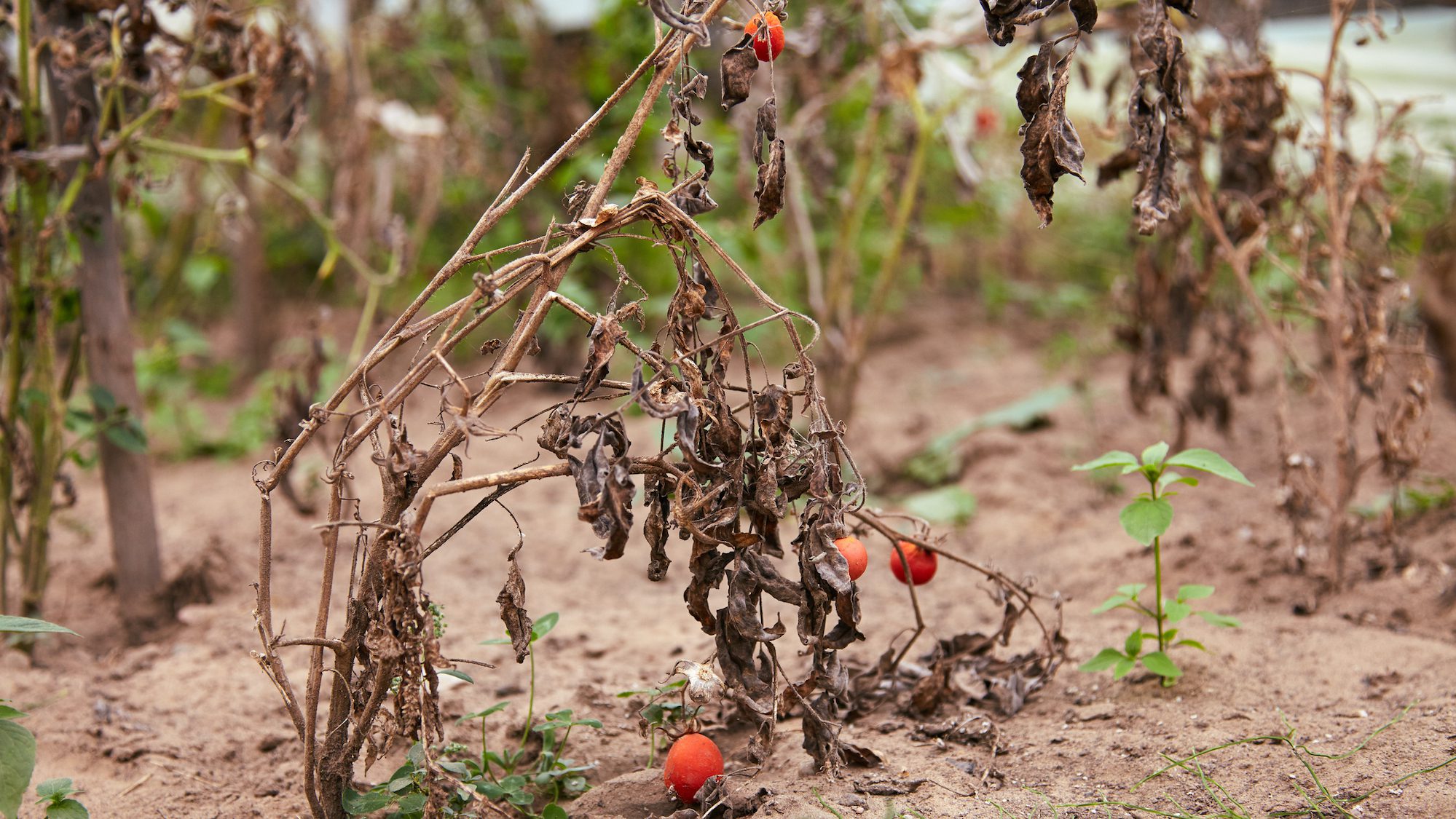
FYMStudio/iStock
A lot of us started new hobbies this year, and if yours involved planting the ultimate summer garden, you may just be wondering what to do with it now that fall is here. But don’t throw in the trowel just yet. While your summer schedule may have been packed with all things gardening, fall has its share of gardening delights, too—as well as tasks you’ll need to do to get that garden ready for spring.
Here are five common mistakes to avoid if you want to keep your new garden going strong.
Mistake No. 1: Not planting after Labor Day
zlikovec/iStock
Just because the summer flowers are fading doesn’t mean you can’t enjoy a few more blooms before winter arrives. In fact, there are quite a few flowers (and even vegetables) that are known to thrive during the fall season.
Susan Brandt, president and founder of Blooming Secrets, shares a few of her fall favorites. For instance, aster is a daisylike flower that blooms in late summer through fall, when other summer flowers are fading, she says. Calendula, also known as pot marigold, can have bright orange or yellow flowers, which also have culinary and medicinal uses.
“The petals are edible and can even be used in salads,” she says.
In addition, Brandt lists marigolds, pansies, garlic, kale, and even radishes as top contenders for fall.
And don’t worry if these seeds aren’t planted yet—there’s still time.
“Gardeners can plant fast-growing vegetables for harvest before frost,” says Jenny Vazquez of Fairchild Tropical Botanic Garden. “Radishes, broccoli, turnips, and green beans are some great vegetables that will produce all the way up to the first frost.”
Mistake No. 2: Forgetting to water
The temperatures might be steadily dropping, but if your plants are still alive, then they still need water. Forgetting to water plants in the fall is a top mistake for new gardeners, but if you want to keep your garden healthy (and coming back next year), you’ll want to stick with your watering schedule right up until the first frost.
“Carefully watch the calendar and weather forecast for your area,” advises Richard Reina of TOOLSiD.com. “Continue watering trees and shrubs until the ground freezes. Although they may seem like they’re dormant, they’re still alive.”
Mistake No. 3: Not harvesting your garden
ValentynVolkov/iStock
All those herbs and veggies you’ve worked so hard to grow aren’t going to pick themselves. Before your first frost arrives, be sure to check your garden and harvest any last herbs and veggies, or any seeds you’d like to save. Herbs should be hung inside to dry, and seeds can be planted next season.
Harvesting isn’t just about reaping the rewards of your garden, either. It’s also about cleaning it up and getting it ready for the dormant winter season.
“Now’s the time to harvest what’s left of your vegetables,” says Brandt. “If you live in an area where you can’t grow vegetables year-round, then you should start cleaning up. Remove any rotting fruit, diseased foliage, or dead vines—this will prevent insects and diseases. If you use cages or stakes, make sure you clean them off and put them away.”
Follow these guidelines, and Brandt says you’ll be in a much better position when spring rolls around.
Mistake No. 4: Not preparing for winter
Although it might not feel like it, colder weather is most certainly coming. And if you want to give your garden the best chance of surviving the months ahead, you’ll want to be sure to properly prep and insulate it.
“When preparing your garden for fall, you need to make sure you’re aware of the temperature drops, even outside of hard freezes,” says Dan Bailey, president of WikiLawn.
“Trim back shrubs and trees, clear out weeds and any dead offshoots from your plants, and fill your garden with new mulch,” says Bailey. “This will help insulate existing plants, keep weeds from growing and, depending on the mulch, may even help with the continued health of plants.”
Mistake No. 5: Forgetting to plan for spring
OlgaPonomarenko/Getty Images
If you enjoy spring blooms as much as we do, then you’ll want to start planning ahead for them—now. Believe it or not, fall is actually the season for planting your spring bulbs like tulips, hyacinth, and daffodils.
“Gardeners should make sure to plant perennials for the next season before the first fall frost,” says Vazquez. That means garden eye candy like tulips, daffodils, and irises.
To get the most out of your garden come springtime, be sure to do a little planning now—and get your garden ready, and bulbs in the ground, before it’s too late.
The post 5 Mistakes To Avoid With Your Quarantine Garden Before the First Fall Frost appeared first on Real Estate News & Insights | realtor.com®.
No comments:
Post a Comment